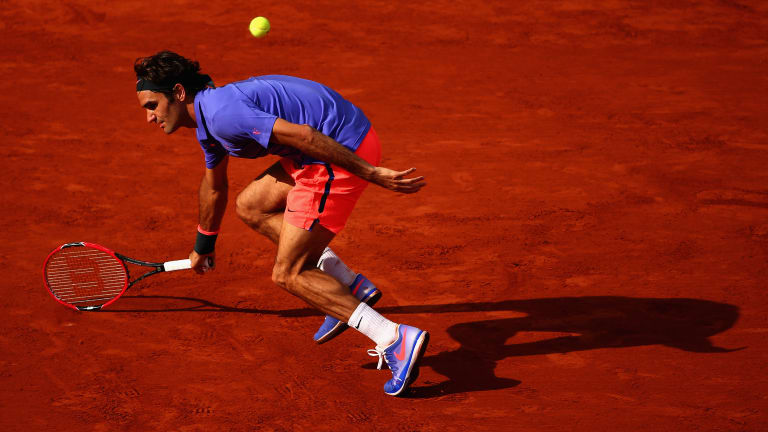Madrid, Spain
Why Federer is a threat on clay despite not playing on it since 2016
By May 02, 2019Madrid, Spain
Aryna Sabalenka defeats Magda Linette, begins Mutua Madrid Open title defense
By Apr 26, 2024Madrid, Spain
Joao Fonseca wins Masters 1000 debut in Madrid over fellow teen Alex Michelsen
By Apr 25, 2024Madrid, Spain
Rafael Nadal wins in Madrid homecoming, defeats 16-year-old American Darwin Blanch
By Apr 25, 2024Madrid, Spain
Dominant Coco Gauff double bagels Arantxa Rus in Madrid opener
By Apr 25, 2024Madrid, Spain
Maria Sakkari shakes off BJK Cup fatigue, brings clear mind to Madrid clay
By Apr 25, 2024Madrid, Spain
Naomi Osaka loses in Madrid, bows out to Liudmila Samsonova on clay
By Apr 25, 2024Madrid, Spain
China's Wang Xinyu saves 10 match points in first-round Madrid win over Viktoriya Tomova
By Apr 24, 2024Madrid, Spain
Fabian Marozsan saves 11 set points, wins pair of Madrid tie-breaks to defeat Aslan Karatsev
By Apr 24, 2024Madrid, Spain
Caroline Wozniacki stumbles in clay comeback, exits Madrid in nostalgic Errani match
By Apr 24, 2024Madrid, Spain
Why Federer is a threat on clay despite not playing on it since 2016
"I had to reinvent myself on clay a few times, and having to play the best clay-court player ever made things extremely complicated for many players to win the French Open, not just myself," Federer said of his triumph in Paris.
Published May 02, 2019
Advertising

Why Federer is a threat on clay despite not playing on it since 2016
© 2015 Getty Images